The international wildlife trade is directly responsible for the emergence and spread of pandemic disease, and according to a new report from World Animal Protection, many Canadians have participated in one way or another.
“We’re maybe not as big a player as the U.S. and other countries,” said Melissa Matlow, campaign director of World Animal Protection Canada, “but for our population size, (we play) an important role, and I think many people would be shocked to know the level and volume of the wildlife trade.”
The pandemic has heightened awareness of live animal markets in East and Southeast Asia where the COVID-19 virus is thought to have originated. But animals are exchanged globally by several industries closer to home, often without adequate oversight. According to the February report “Trading Animals and Diseases: Canada’s Role in the Global Commercial Wildlife Trade,” a staggering 320,081 animals were imported into Canada in 2019 alone, destined for zoos, use in traditional medicine and, in about 80 per cent of cases, pet stores.
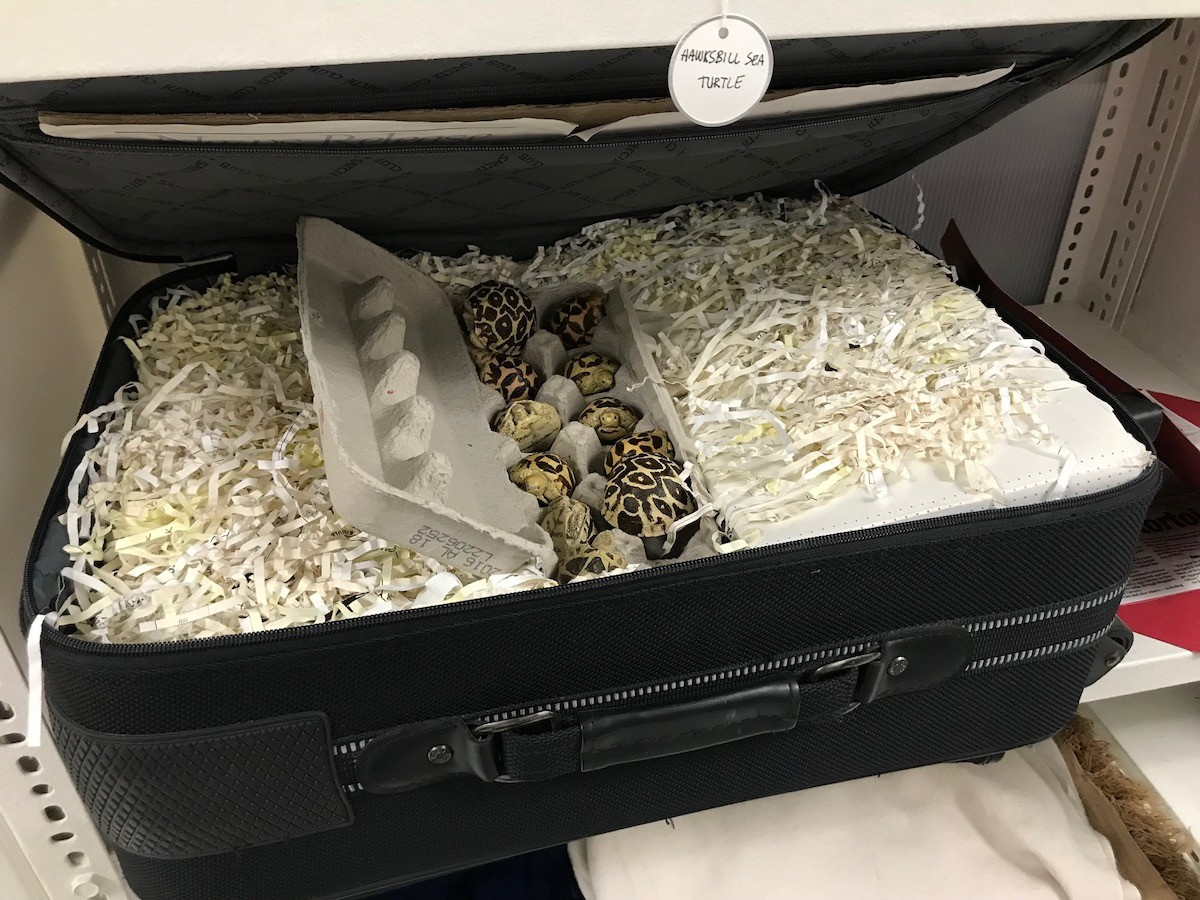
“What we’re finding is that a significant volume of animals imported to the country are supplying the exotic pet trade,” said Matlow. “People can encounter these animals at retail stores like PetSmart and exotic pet expos, which occur across the country. They’re being plucked from the wilds of other countries and coming here without enough information for us to know if it’s a sustainable capture. There are just so many risks, and the zoonotic disease risk is the big one.”
A majority of pandemic diseases — 75 per cent, according to the report — are zoonotic, originating in animals and leaping the species divide to humans, a process aided considerably by our relationship with wildlife. When we bring them into close proximity, we unwittingly give their resident diseases every opportunity to mutate, spread and adapt to human hosts. Live animal markets are a prime example, breeding wild animals in close-quartered captivity for sale as food, fur or medicine to a ready customer base; this is where the original SARS virus came from in 2003 and where a growing consensus places the origins of COVID-19.
But the exotic pet trade features many of the same conditions and is not restricted to Asia, said Matlow. “It’s when these animals that wouldn’t normally encounter each other in the wild are kept in close proximity in stressful, unhygienic conditions that we have this ideal environment for deadly pathogens to emerge and spread to people.
“Those characteristics describe the wildlife trade that our country is part of.”
World Animal Protection is an international charity working on animal welfare policy and public engagement. It has worked to expose problems such as ghost fishing, livestock health, poaching and, especially in the last year, pandemic disease.
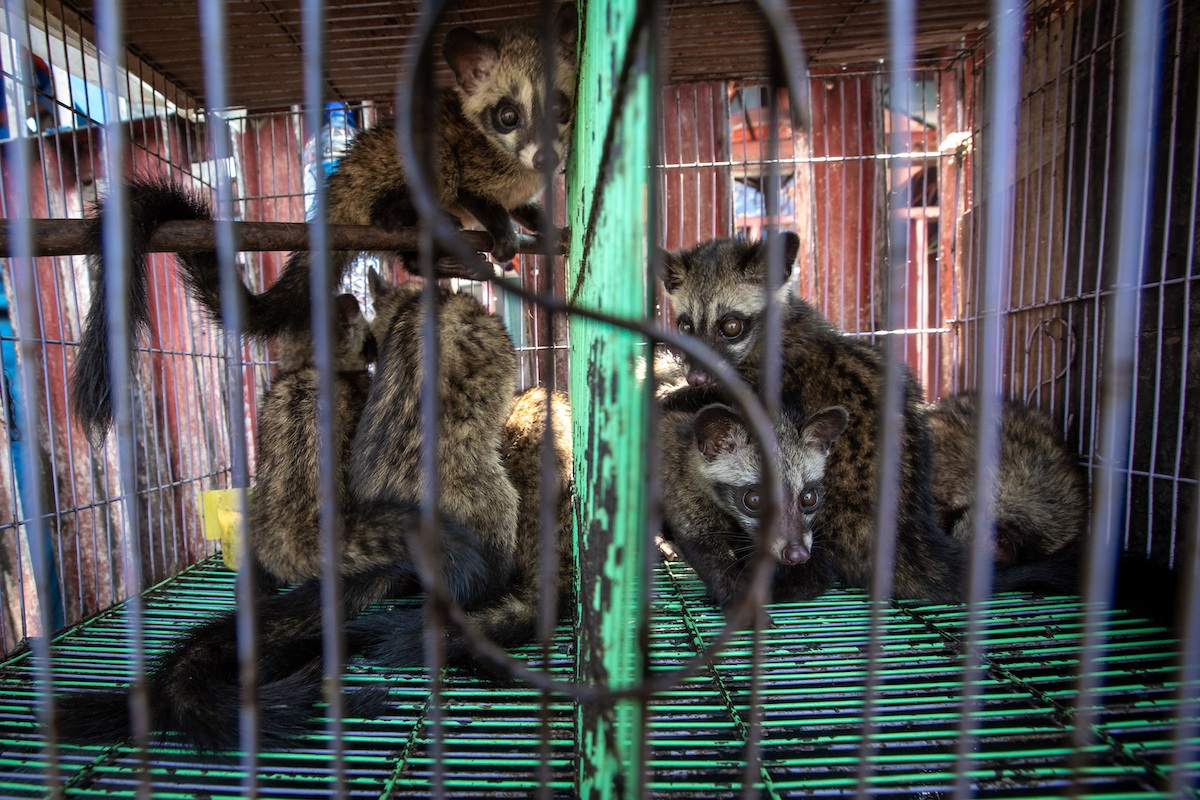
“It always takes a tragedy to get the government to act,” lamented Matlow. Shortly after the arrival of COVID-19, in the summer of 2020, she and her Canadian colleagues began work on this report, using the pandemic as an opportunity to highlight the dangers of the international wildlife trade. Aside from making the case that our treatment of wildlife, nationally and internationally, triggers pandemics, the report calls for legislative change on the provincial and federal levels to curb Canada’s involvement.
Three agencies are responsible for overseeing the importation of wildlife into Canada — the Canadian Food Inspection Agency, Canada Border Services Agency and Canadian Wildlife Service — all of which ask very different questions at the border. Between these agencies, said Matlow, are large regulatory gaps. Data collection at the border is often incomplete, without regulators knowing necessarily where wildlife is coming from or where it’s going, and the identification of species can be difficult for officers poorly versed in zoology, especially in cases where they’re being actively deceived and when the list of banned species is long and nuanced.
At the provincial level, wildlife regulations are so piecemeal and inconsistent that enforcement would be challenging even without limited staff and resources, said Matlow. For example, she said, in many Ontario municipalities you must be licensed to own a dog. There is no legal barrier whatsoever in Ontario for owning a tiger.
Among the solutions suggested by Matlow are more comprehensive wildlife regulations adopted by provinces and territories with federal support, and something called the “positive listing” approach, already adopted in countries like Belgium and the Netherlands. Instead of compiling an exhaustive list of banned species, positive listing would see the federal government ban all wild animals entering the country except those on a short list of permitted species. Animals permitted would include those that have been screened for sustainability of capture, suitability for Canadian climates, ease of ownership, potential to become invasive and to propagate pandemic disease, and domestic factors like available veterinary expertise and shelter capacity.
“I know of no other existential threat to our species that we treat so lightly as pandemic risk,” said Peter Daszak, a zoologist, parasitologist, ecologist and president of the EcoHealth Alliance, a U.S.-based organization that conducts research and outreach programs on the subject of global health, conservation and international development.
Speaking in a recent webinar hosted by World Animal Protection Canada, he said the origins of pandemic disease are well known — subtropical wildernesses being penetrated by roads and poachers, the intensification of agriculture especially with regard to livestock, and the global trade in wildlife, all driven largely by consumption patterns in rich nations.
Aside from costs imposed on global biodiversity and carbon budgets, he said, the pandemic diseases that emerge from these practices cost the planet roughly $500 billion annually. This expense is orders of magnitude higher, he said, than it would cost to prevent pandemics in the first place.
“Like climate change, the science is crystal clear on this,” he said. “Pandemics are becoming more frequent. They’re bigger than before, they’re spreading faster, and whatever we do to try and control them after they emerge is much harder than trying to prevent them to (start with).”
The moral appeal
The emergency of pandemic disease is not this industry’s only failing. Most Canadians — 93 per cent — believe the wildlife trade is a cruel and inhumane business, according to the World Animal Protection Canada report. As described by Matlow, animals are either taken from the wild and stored in cramped, unhygienic conditions or captively bred under those same conditions. They are shipped globally with insufficient consideration for their health and well-being to foreign climates. After arrival, they’re sold to people who have no idea how to meet their needs and are kept in cages, aquariums or terrariums for the remainder of their lives, grappling with barriers they do not understand and eating foods they’ve never before encountered. When owners decide against keeping the animal, they are either surrendered to shelters or abandoned outdoors, where they die or become invasive, damaging local ecology. What’s more, said Matlow, few Canadian veterinarians are equipped to care for them.
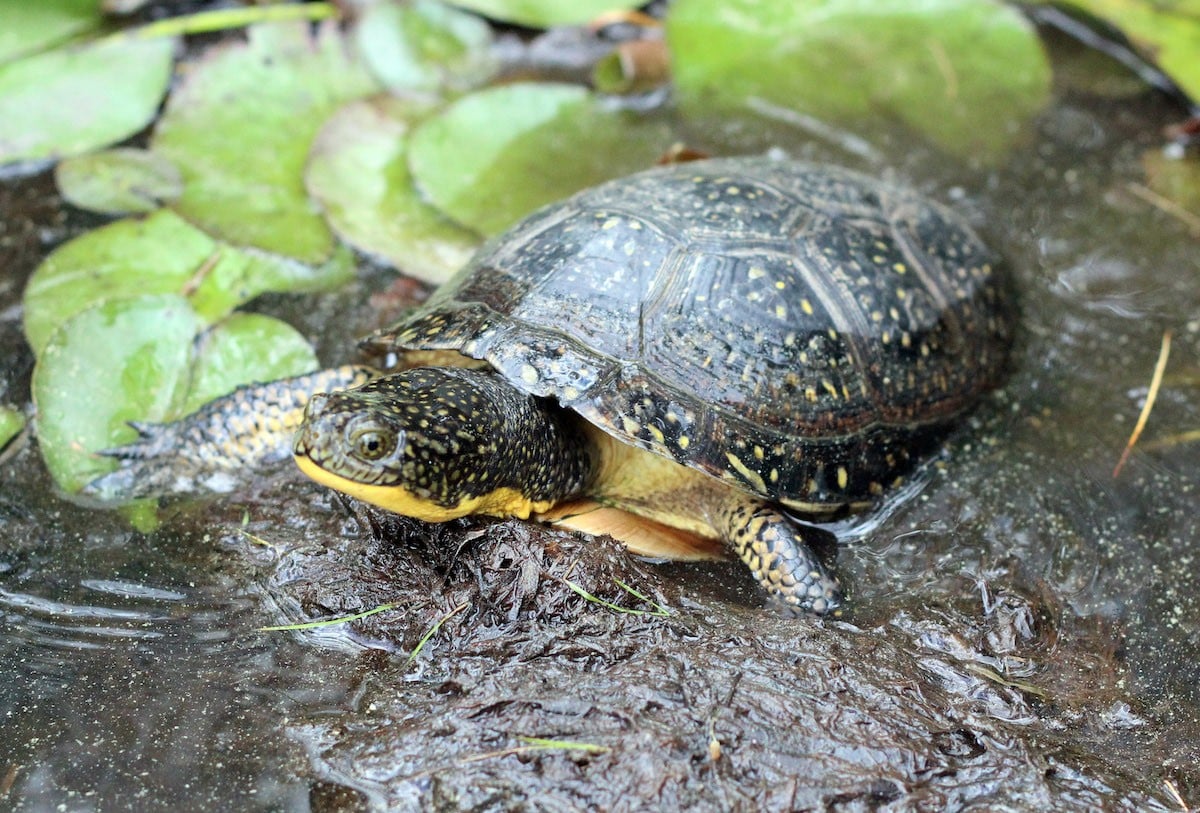
There are many deaths at every stage in this process, even before the animals in question reach stores or zoos. In the case of reptiles, it’s not uncommon for the majority to be dead on arrival, and even those who survive are sufficiently traumatized that they die shortly thereafter.
Snakes are a prime target of the exotic pet trade and make for a stirring example. While kept in terrariums almost universally, said Matlow, they do very poorly under these conditions. Most snake species need to stretch their bodies out entirely in order to properly digest food, a biological need most terrariums cannot accommodate, and glass is such an unnatural impediment to their movement that it causes stress and psychological disorders entirely unnoticed by their human keepers. A full 75 per cent of reptiles die in their first year of captivity, according to the World Animal Protection report.
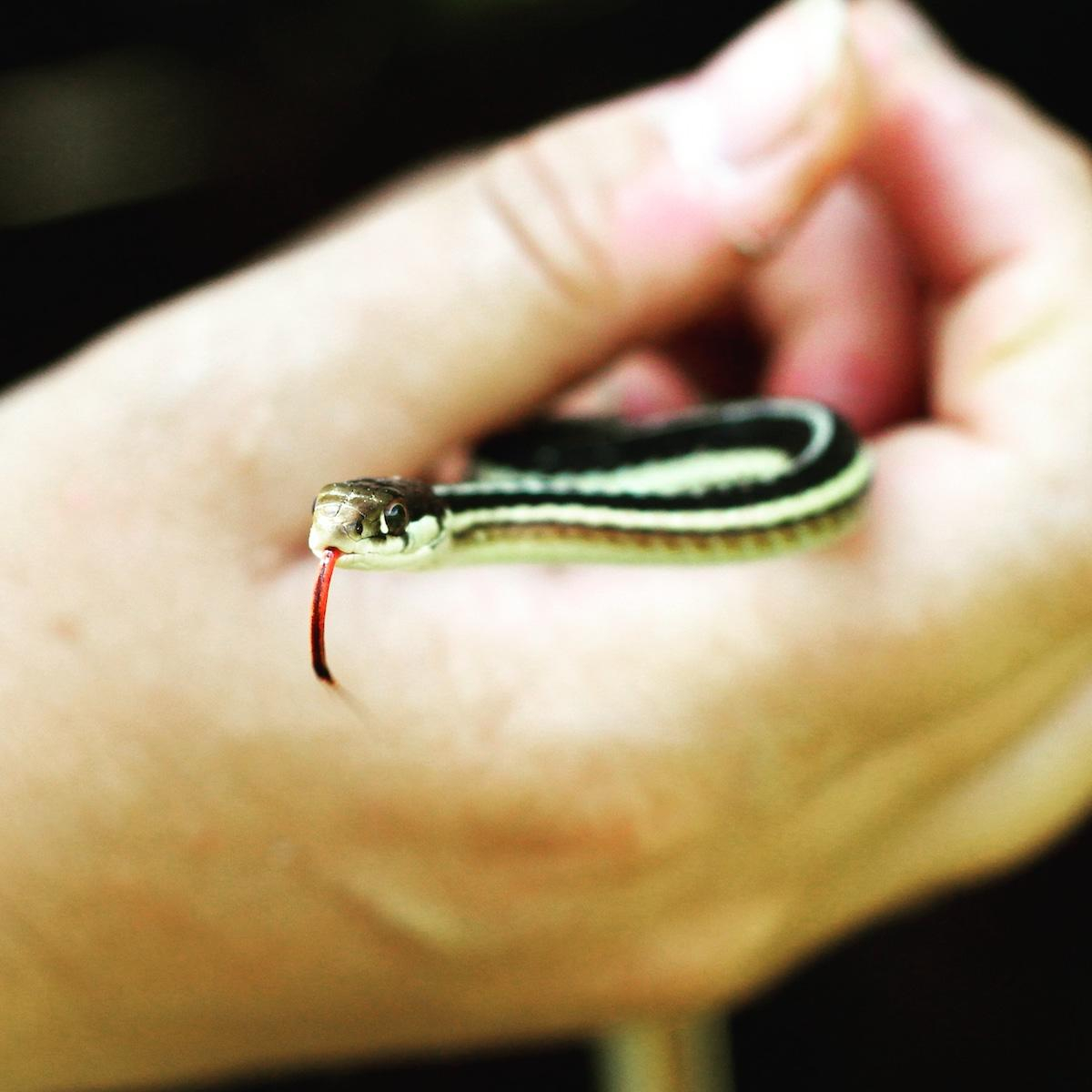
Pain, stress or discomfort are widespread in the wildlife trade, such as at zoos, for which there is very little government oversight in Canada. The CAZA (Canada's Accredited Zoos and Aquariums) accreditation program oversees only a minority of institutions, such as the African Lion Safari in Ontario, and still allows wildlife shows and elephant rides, which, Matlow said, cause extreme stress to the animals in question. She said some actions of some zoos can contribute to conservation and education, but these tend to represent a small fraction of the business model. Wherever wildlife is involved, she said, Canadians should be very skeptical.
“The people who want to do these things tend to be animal lovers,” said Matlow. “They’re excited by the opportunity to cuddle an animal, and have no idea what happens behind the scenes, or after they snap that photo. If you can ride a wild animal, hug a wild animal or take a selfie with a wild animal, chances are it’s cruel.”
World Animal Protection Canada was working closely with tourism operators prior to the pandemic on exactly this issue, helping businesses distinguish between humane and inhumane wildlife experiences for their clients and book accordingly, but those efforts are, of course, on hold.
There are no exceptions
Canada’s native species are not exempt from the international wildlife trade. As Asian black bear numbers decline, Canadian black bears are increasingly hunted for use in traditional eastern medicines, said Cecelia Parsons, spokesperson for Environment and Climate Change Canada.
Canadian black bears are being poached, or sometimes legally hunted, in provinces with lacklustre legislation, specifically for their gall bladders and bile, which are either shipped to Asia or sold in traditional medicine shops in Canada. A 2018 survey of 25 such establishments in the Greater Toronto Area uncovered four selling black bear bile and two others willing to bring it in by customer request.
“Canada is not immune to wildlife trafficking,” said Parsons. “We are a source, trans-shipment and destination country for illicit wildlife. There are numerous native Canadian species that are illegally harvested for a number of reasons. Wild Canadian animals, including turtles, snakes, and other native reptiles, are exported to foreign countries and sometimes bred in Canada for the exotic pet industry. Some of these specimens harvested in Canada remain here while others are shipped out of the country to destinations where the value of the commodity is often significantly higher than it is in Canada.”
Wildlife enforcement officers with Environment and Climate Change Canada are responsible for protecting over 400 species of migratory bird, including their nests and habitats, and 146 protected areas. They also oversee the international and interprovincial trade in wildlife for over 36,000 species and protect the 600-plus species listed under Canada’s Species at Risk Act. It’s a lot of ground to cover, and animals taken in spite of best efforts are sometimes sold as trophies, many to the United States, including snow geese, mallards, black bears, Canada geese and sandhill cranes.
Matlow said the international wildlife trade is taking its toll on species at risk. In Canada, the pain is felt by reptiles in particular, especially turtles, which are long-lived, breed slowly and can make for easy targets. One incident from 2020 saw a network of nest protectors, erected by volunteers over recently lain turtle eggs in the vicinity of Kingston, Ont., dismantled and raided by poachers with as many as 300 eggs removed from the site, presumably for use in the exotic pet trade. All of the poached eggs belonged to at-risk species.
“Ultimately,” said Matlow, “we need to stop breeding these wild animals as pets and capturing them from the wild to support the exotic pet industry.”
There is only glancing
There is only glancing mention here of the giant cow/pig/chicken in the room -- a monster the author wrote about in a previous article.
https://www.nationalobserver.com/2020/11/06/opinion/factory-farming-coul...
Most Westerners are probably fine with ending the wildlife trade, but how many are really willing to give up their factory-farmed meat? How many politicians would vote for the necessary legislation? Don't hold your breath. As the authors of this Guardian article say, "Eating meat, it seems, is a socially acceptable form of science denial."
https://www.theguardian.com/commentisfree/2020/apr/16/coronavirus-covid-...
Quite apart from the crisis
Quite apart from the crisis of habitat loss and its impact on wildlife, - which only helps to fuel the trade in intact wildlife or their dismembered body parts. there is, as the previous comment notes the unresolved crisis in "factory farmed" ( now there's an oxymoron for you) domesticated food animals. Both are dismal indicators of just how little humans value or pay heed to the lives of the animal creation. It is too often merely a variant on how carelessly the privileged of the world treat the wretched mass of humanity - as of no account, as a soulless mass of cheap labour, or worse as surplus, disposable units of DNA we would be all the better for their extermination.
I can claim no moral high ground. Despite my donations I have, and know it, no power to change this tragic trajectory. I fear it leads inevitably to the extinction of humanity.
Thank you for this article.
Thank you for this article. We need to raise public awareness about zoonotic diseases, their link to ecological destruction and the risks of future pandemics. There are no easy answers. The wildlife trade is also terribly cruel to animals....
I like the idea of "positive listing" mentioned in this article,
and that's something we Canadians could pressure governments to adopt.

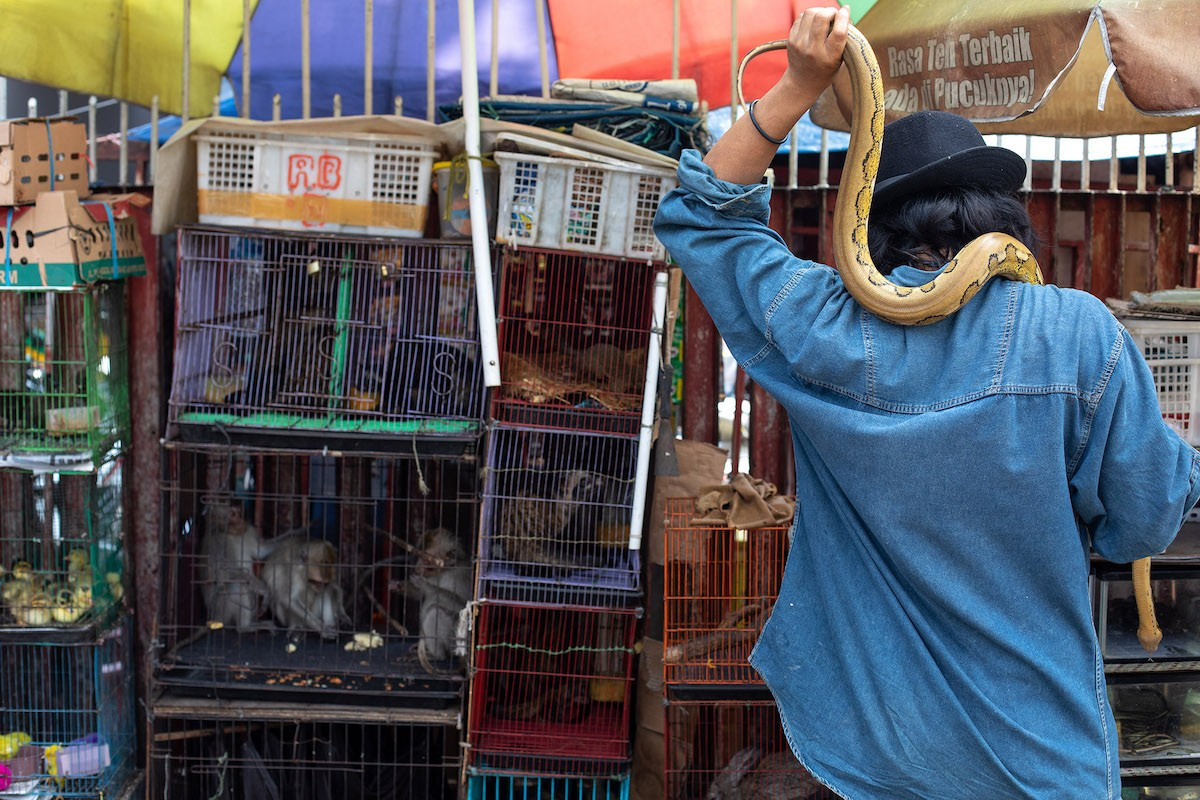



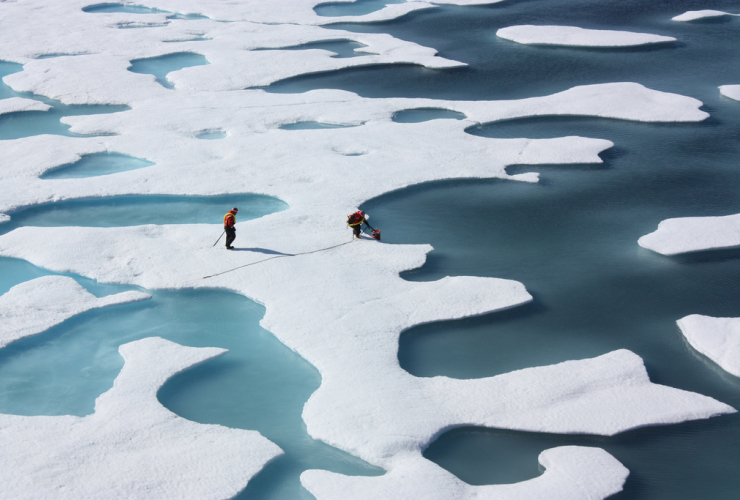
Comments